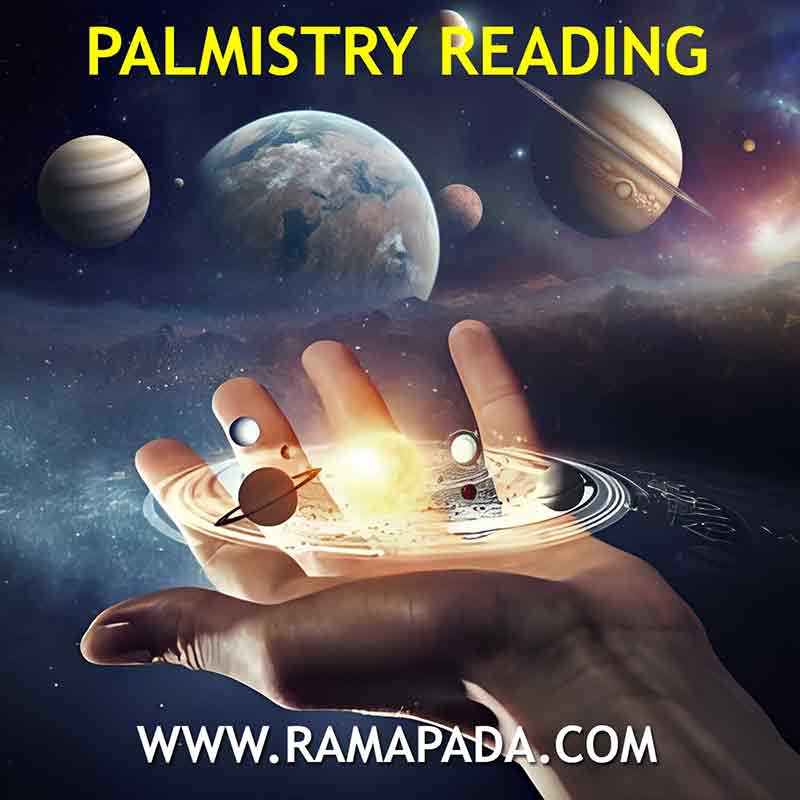Palmistry reading, also known as palmistry, is an ancient practice that involves interpreting the lines and mounts on a person’s palm to gain insights into their character, personality, and potential future. While not considered a scientific method, it has been practiced for centuries in various cultures around the world.
The Basics of Palmistry Reading
- Lines: There are three primary lines on the palm:
- Heart Line: Associated with love, relationships, and emotions.
- Head Line: Related to intellect, communication, and education.
- Life Line: Represents vitality, health, and life span.
- Mounts: These are the raised areas on the palm, each representing a different aspect of life:
- Mount of Jupiter: Associated with ambition, leadership, and authority.
- Mount of Saturn: Related to responsibility, discipline, and karma.
- Mount of Apollo: Connected to creativity, talent, and fame.
- Mount of Mercury: Represents communication, business, and intellect.
- Mount of Venus: Associated with love, pleasure, and sensuality.
Interpreting the Lines and Mounts
Astrology and numerology form a deeply personal belief system rooted in symbolic interpretations, not empirical science. Whether examining planetary effects or analyzing the lines of the human hand, many seekers consult a famous palmist to understand how cosmic forces—especially those linked to Mars—may influence relationships and married life. Through astrology numerology, practitioners decode personalized patterns that reflect individual dynamics. While some place great trust in these practices and seek remedies for Mars-related influences, others remain skeptical or choose to interpret them metaphorically.
Palm Reading and Astrology
Palm readers sometimes combine palm reading with astrology to provide a more comprehensive understanding of a person’s character and destiny. They correlate the positions of the planets in a birth chart with the lines and mounts on the palm to offer additional insights.
The Limitations of Palmistry Reading
It is important to note that palm reading is not a foolproof method of predicting the future. Although palm reading can offer interesting insights into personality and potential trends, it should not replace professional advice or guidance. It’s best considered a form of entertainment and personal exploration.
Conclusion
This remains a fascinating and popular practice that offers a glimpse into the ancient art of interpreting the lines and mounts on the palm. While not considered a scientific method, it can provide a unique perspective on personality and potential future trends. Whether you believe in its predictive power or simply enjoy the experience, palm reading can be a fun and thought-provoking way to explore the mysteries of human nature.

